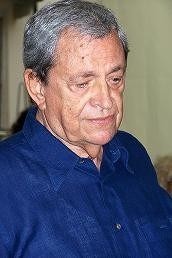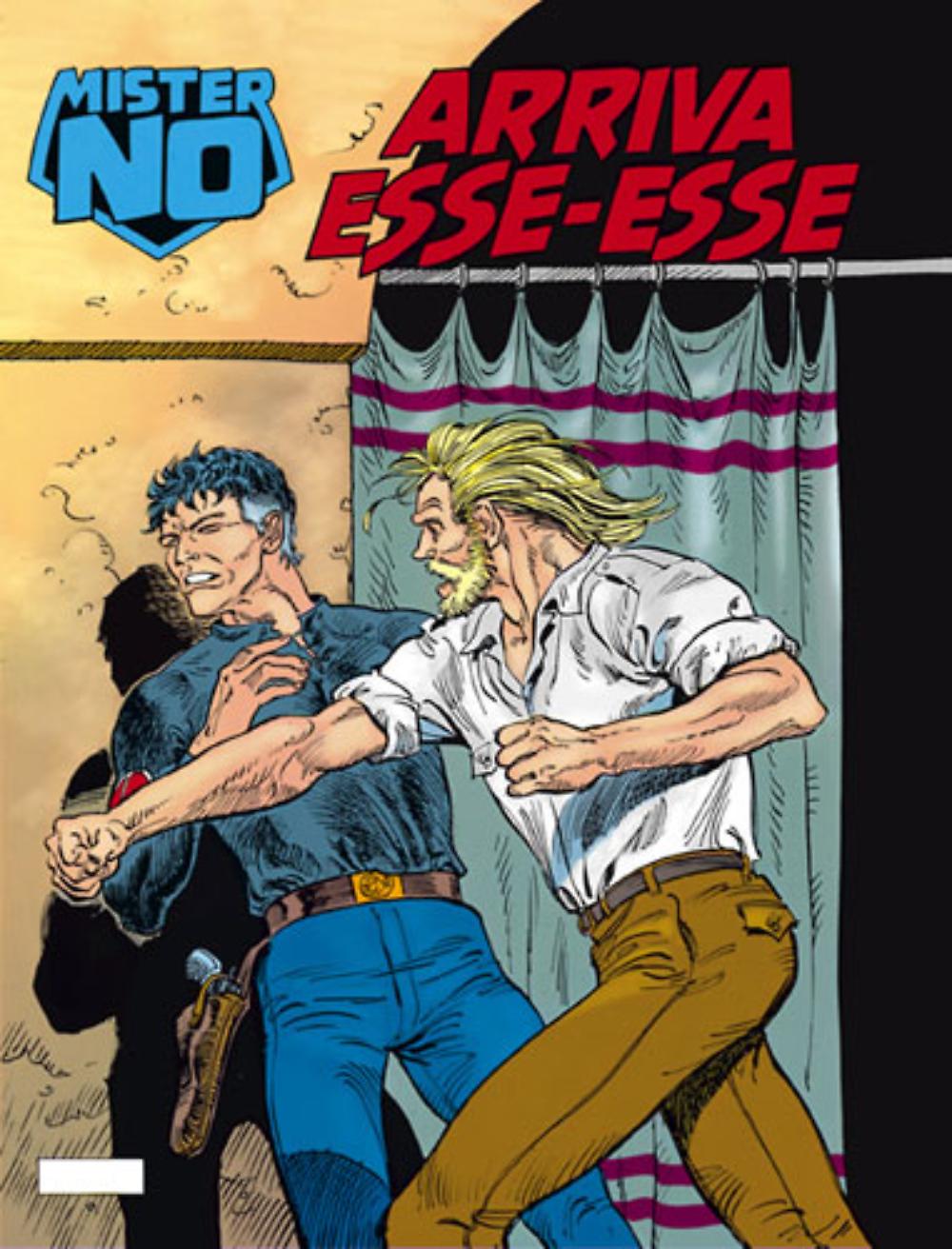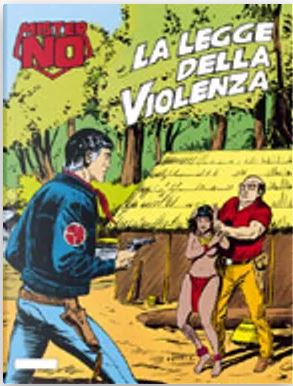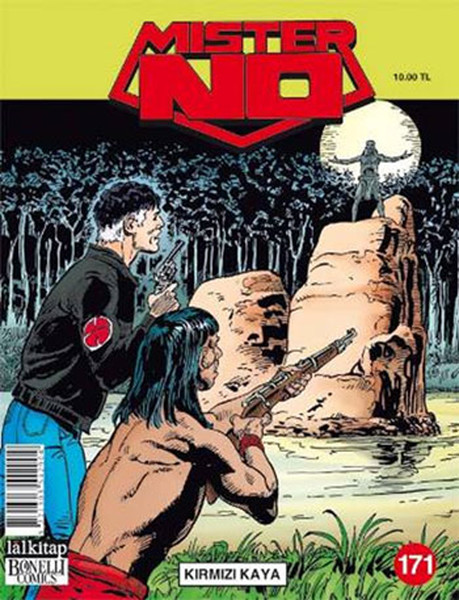
Part of Series
Taxco: è questo il nome indio dello spietato assassino. Ma qual è il suo nome civile? Ormai ha raggiunto la sua ultima vittima, il padre di Morena. Ma, mentre sta per ucciderlo, arrivano Mister No ed Esse-Esse e scoprono la sua sorprendente identità... In questo numero: La storia di copertina finisce a pagina 44. A pagina 45, inizia la storia "La febbre dell'oro" (di Castelli e Taito), che proseguirà per i due numeri successivi.
Authors

Vive a Venezia, la sua città da sempre. Ma nella sua vita avventurosa, che l'ha visto per molti anni inviato speciale per L'Europeo, ha viaggiato in tutto il mondo e soggiornato a lungo in America del Sud e in Inghilterra. Narratore, giornalista, sceneggiatore di fumetti (a lungo collaboratore e intimo amico di Hugo Pratt), è autore di diversi romanzi, tra cui La taverna del Doge Loredan e La partita, premiato con il Super Campiello nel 1986.

Alfredo Castelli began his comic book career at an early age, creating the strip Scheletrino, a humor series for Italian comic book Diabolik, when he was only 16 years old. In 1967 he began writing scripts for several Italian comic magazines, including Pedrito el Drito and Piccola Eva, Cucciolo, Tiramolla and Topolino. In 1969 he contributed to the humor magazine Tilt. A year later, together with Pier Carpi, Castelli created Horror magazine, in which he published his strip Zio Boris. He then joined the staff of Il Corriere dei Ragazzi as editor/artist/writer. For this magazine he created L'Ombra, a personal take on The Invisible Man drawn by Ferdinando Tacconi; Gli Aristocratici, a group of gentlemen thieves, again with art by Tacconi; Otto Kruntz, a mad scientist drawn by Daniele Faragazzi; and L'Omino Bufo, an absurdist humor illustrated by Castelli himself. In 1978 Castelli wrote for Supergulp magazine the adventures of Allan Quatermain, an explorer specializing in archaeological mysteries that foreshadowed Castelli's most famous creation. In the same year Castelli began his cooperation with publisher Sergio Bonelli, writing stories for Zagor and Mister No. In 1982 he created Martin Mystère. The series, initially drawn by Giancarlo Alessandrini, marked a turning point in Italian popular comics history, introducing modern and sophisticated themes in a market dominated by traditional adventures aimed at a younger audience. In 1992 Castelli launched the new series Zona X, a spin-off of Martin Mystère, that ran until 1999.


